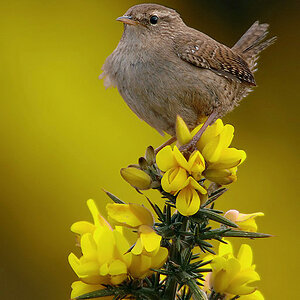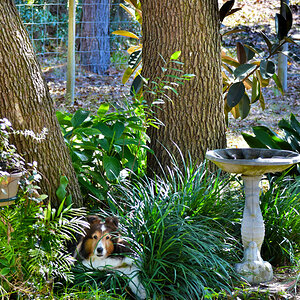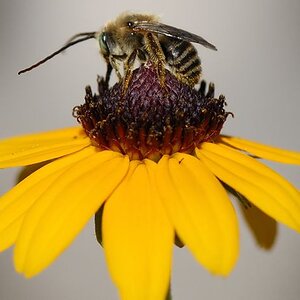CaptainNapalm
No longer a newbie, moving up!
- Joined
- Nov 27, 2012
- Messages
- 796
- Reaction score
- 143
- Location
- Toronto, Ontario, Canada
- Can others edit my Photos
- Photos OK to edit
I've been shooting RAW for some time now and really do appreciate the benefits of getting more control in post processing especially when it comes to white balance adjustments. I did notice recently however that I'm having issue with noise in my RAW processed images when shooting at ISO of 800 or greater. Even at 400 there are slight issues sometimes. So I've done a comparison and in general, when shooting at higher ISOs my RAW processed images look much worse than my JPEG processed images. Below is an example of what I mean (RAW image first followed by JPEG). I programmed my camera to shoot this image in both RAW and JPEG. As you can see below, the RAW image (which was later converted to JPEG) has significantly more noise than the JPEG version. This is after trying to iron out the noise in post processing too. Now I know that when you shoot JPEG your camera automatically corrects noise for you but I always thought I could make a better (or at least comparable) correction myself. As it turns out, I can't do anything to the RAW image which would make it look as good as the JPEG. I've exhausted all the PSE 11 noise reduction tricks and still it doesn't look as good as the JPEG spat out from my D7000. The only thing I can think of is that my in-camera noise reduction does a better job at reducing noise than PSE 11 which is hard to believe. If that's the case, I don't know if I should even bother with RAW at higher ISOs, which is a shame because I like the options it gives me. Any thoughts guys? Am I missing something?
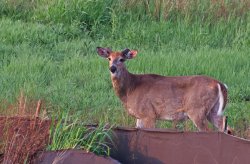






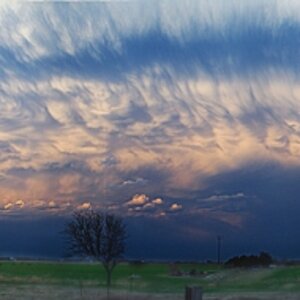
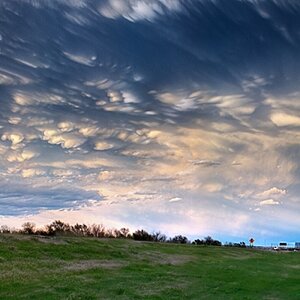

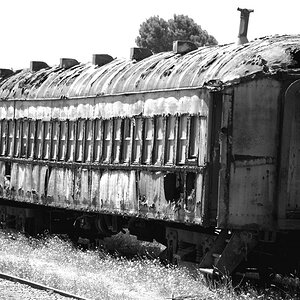
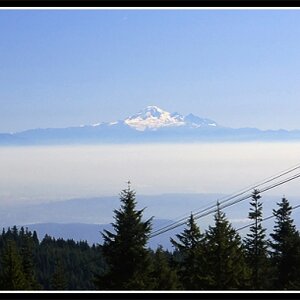
![[No title]](/data/xfmg/thumbnail/37/37633-94737d4436dff45b827dcc332ff7fba9.jpg?1619738156)
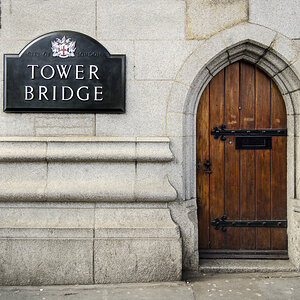
![[No title]](/data/xfmg/thumbnail/37/37631-1af996afcca522b3c5490538125d9599.jpg?1619738155)
